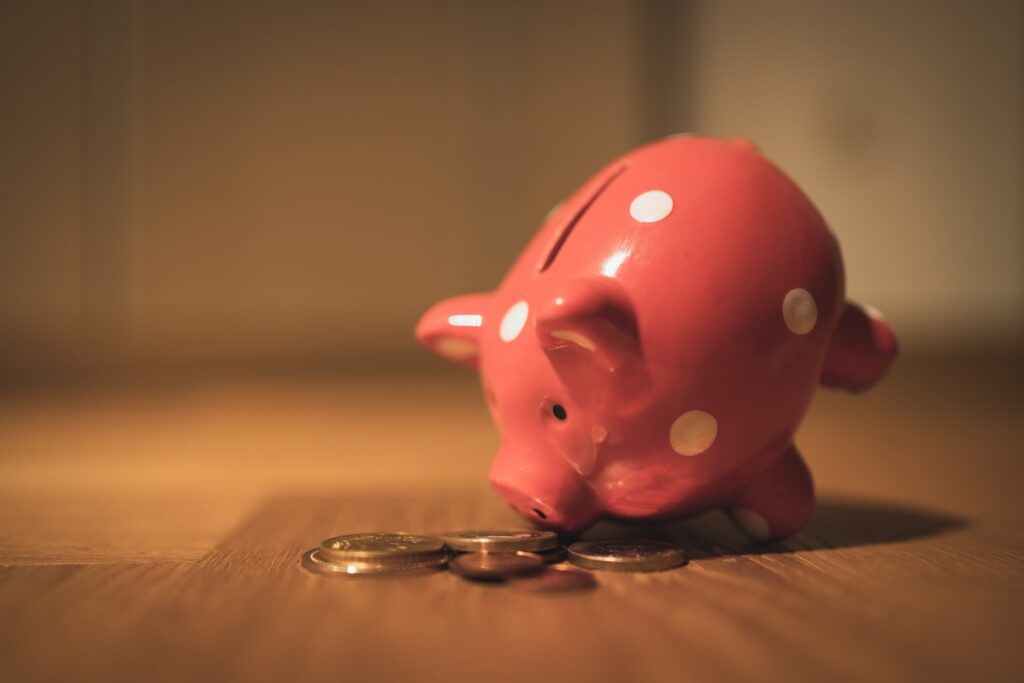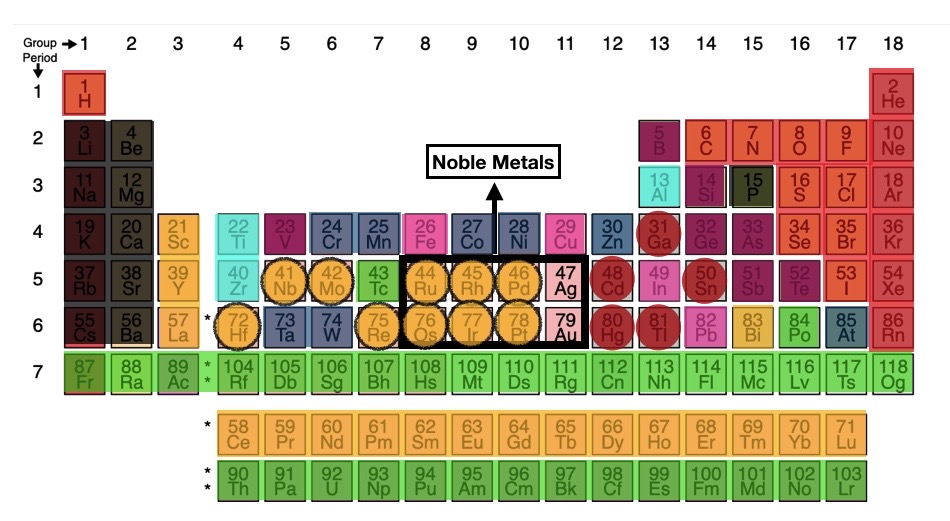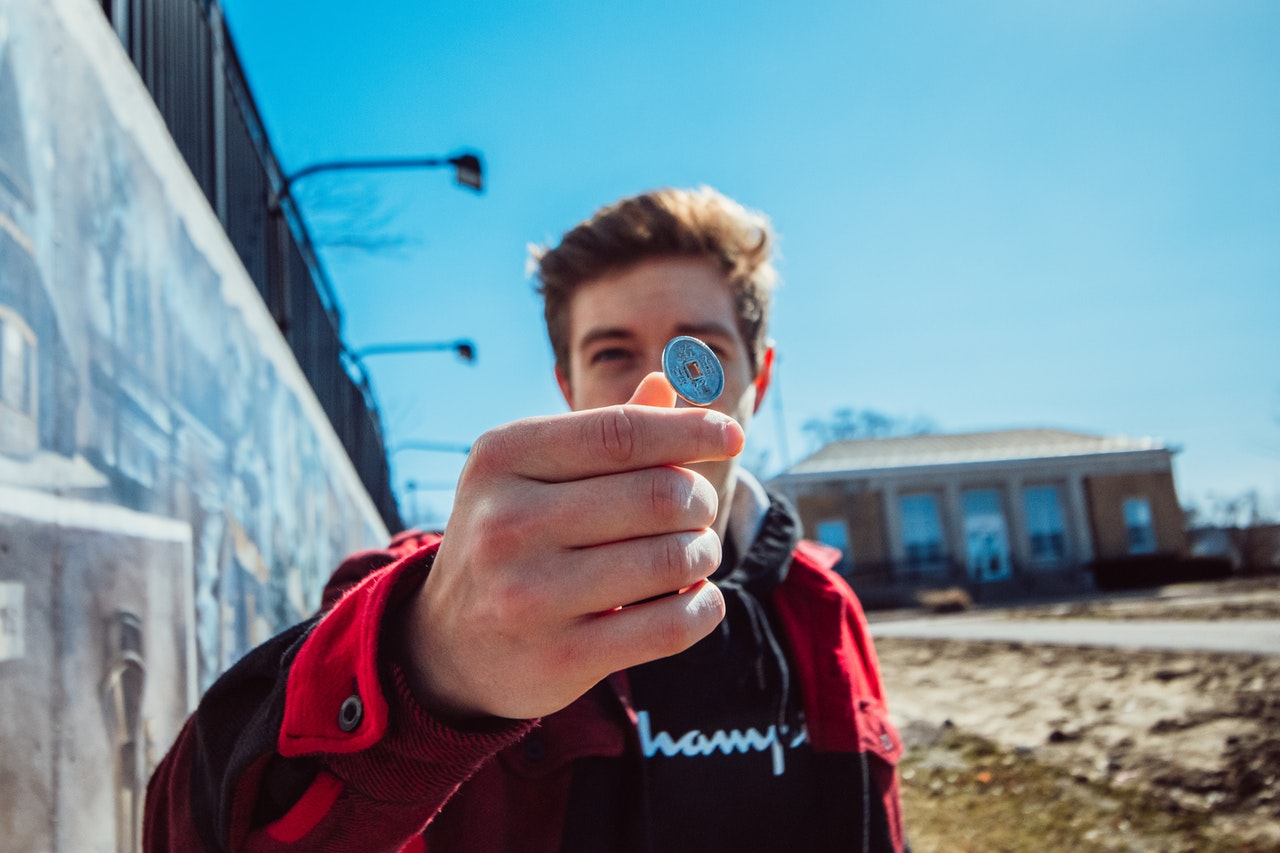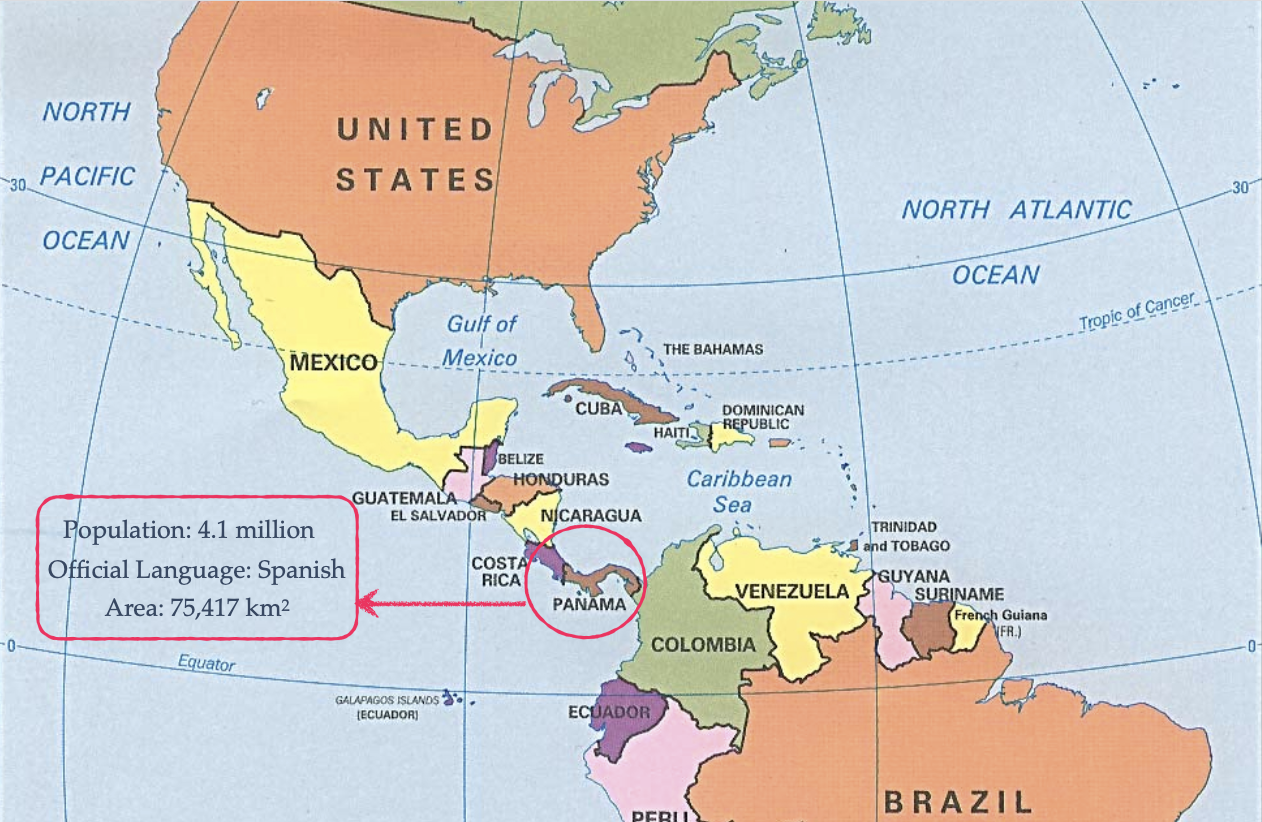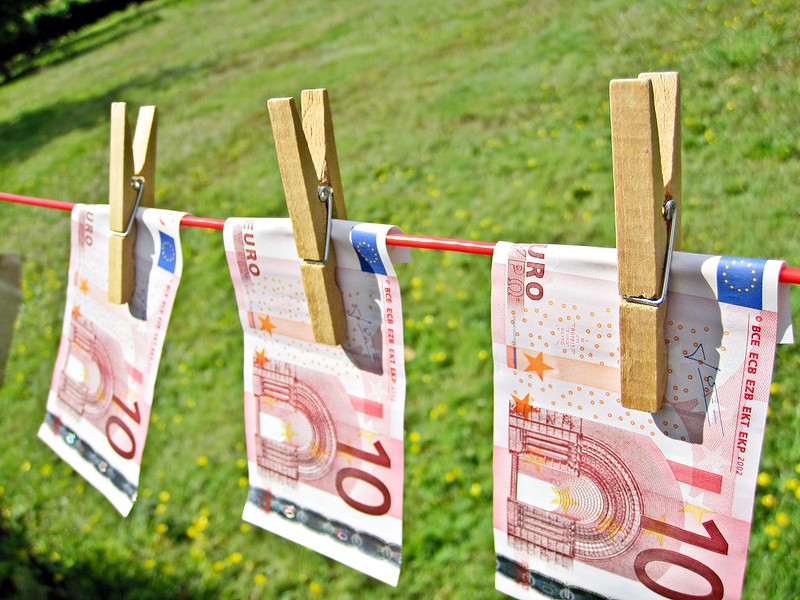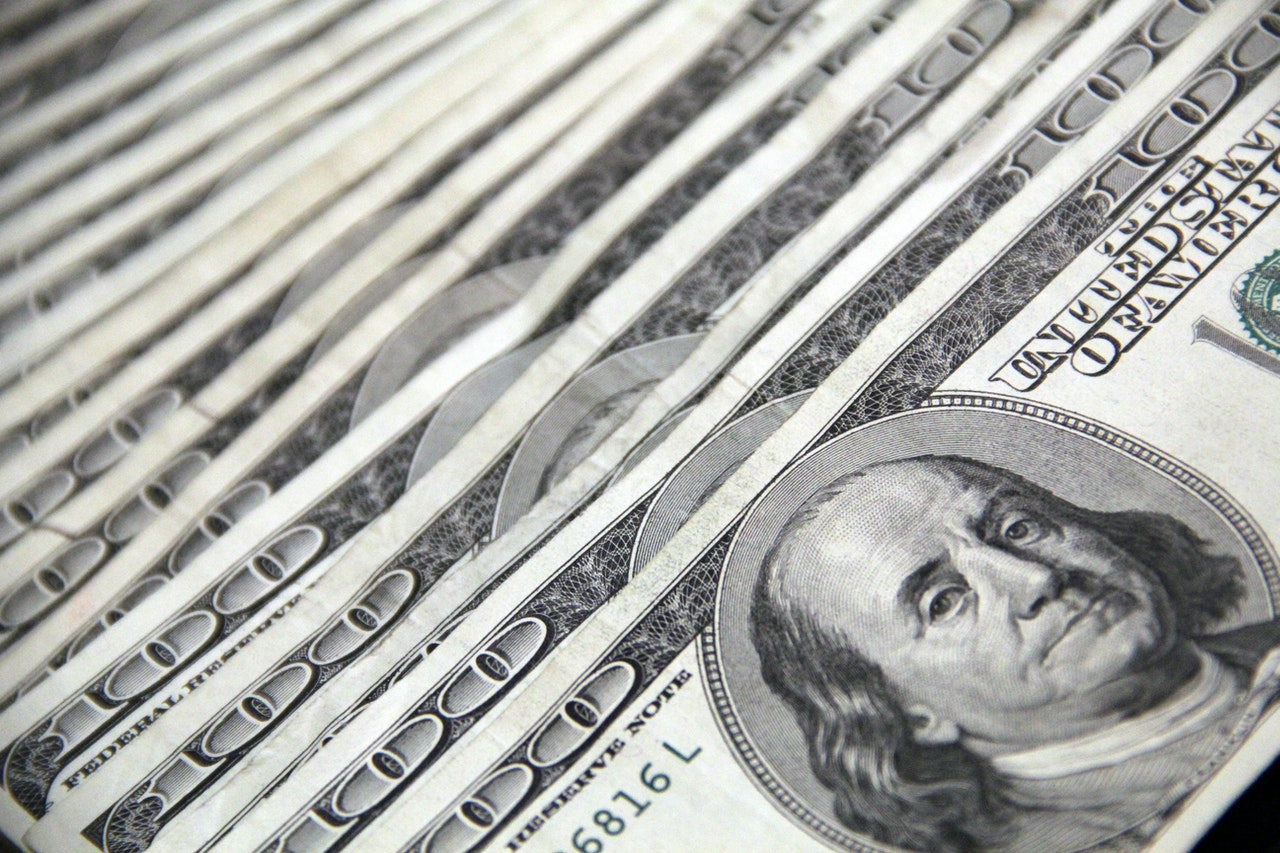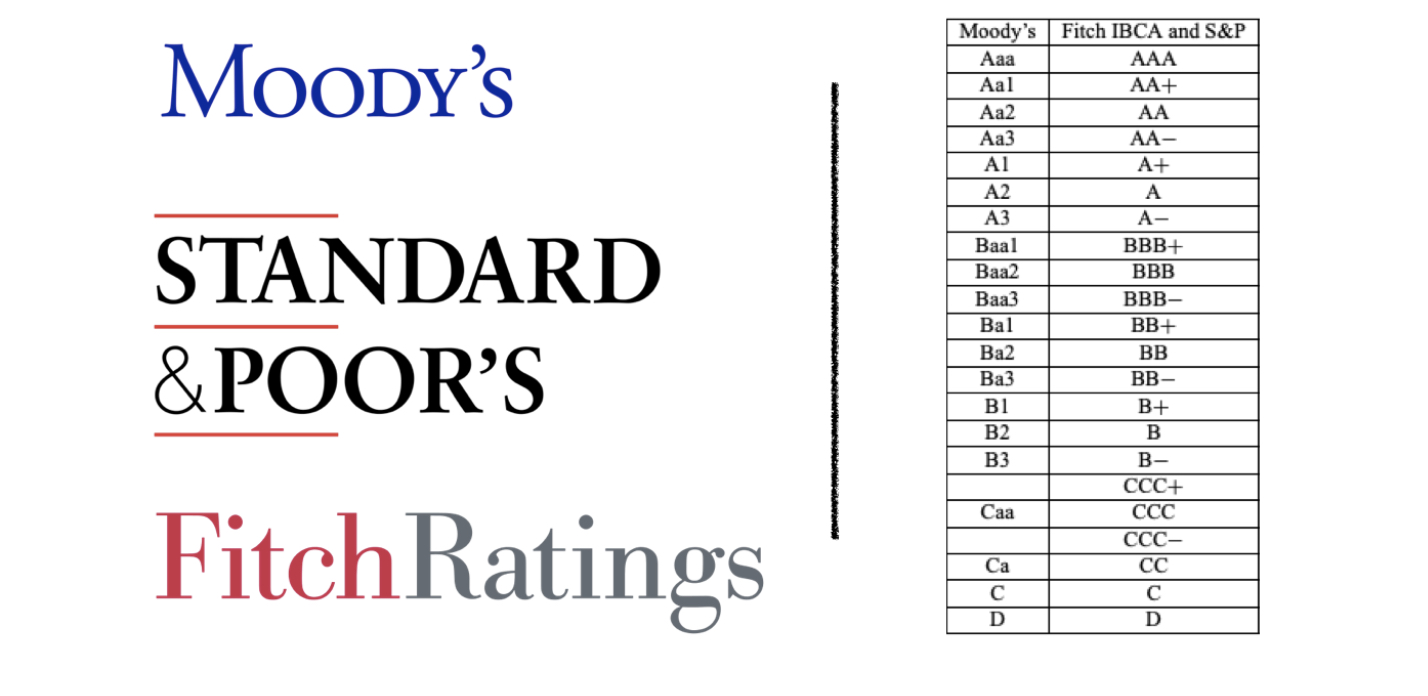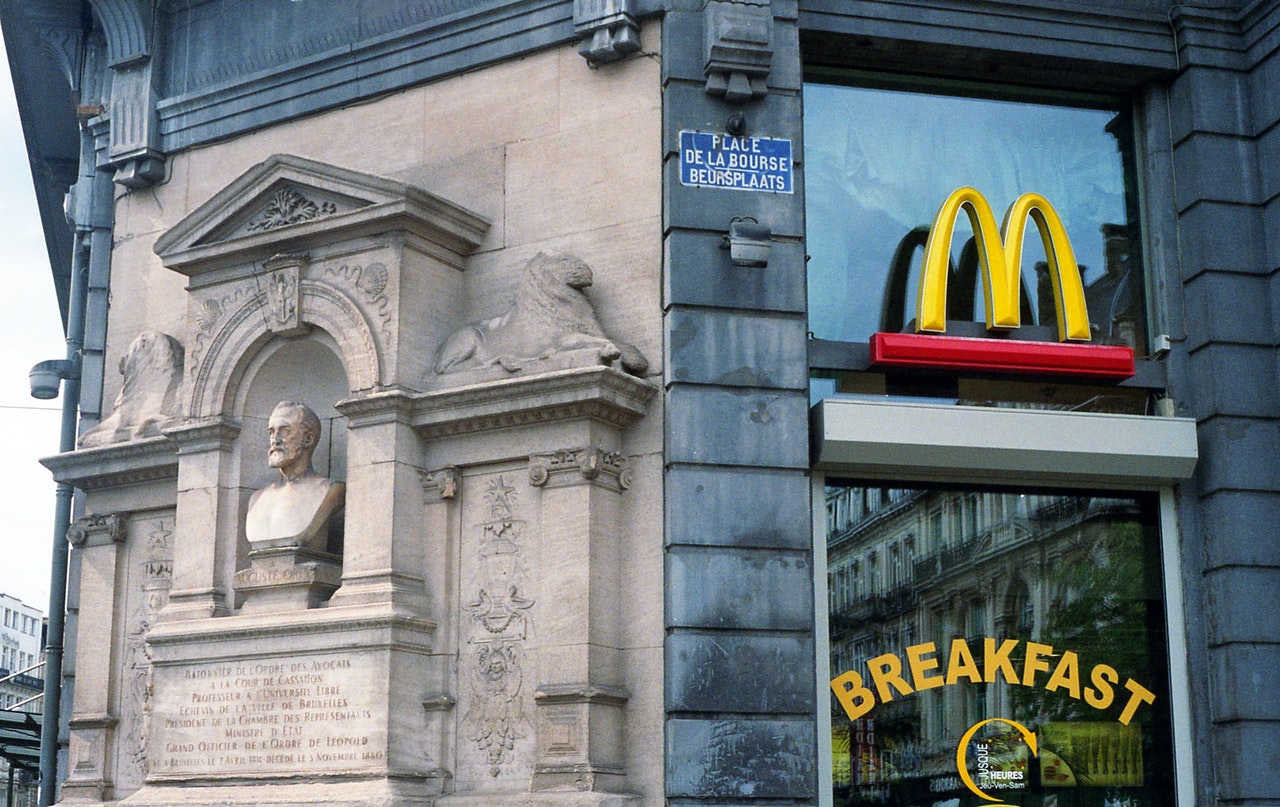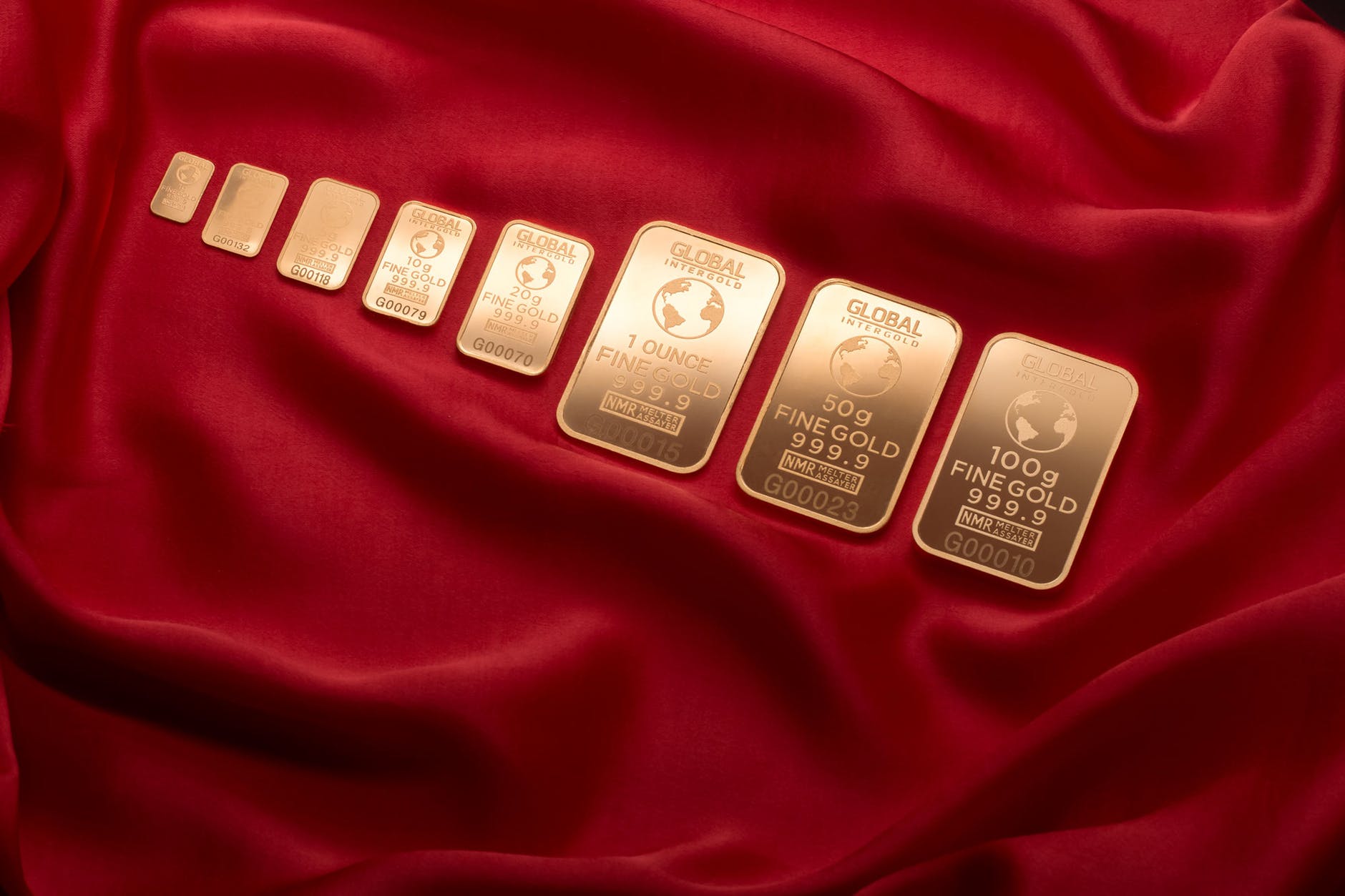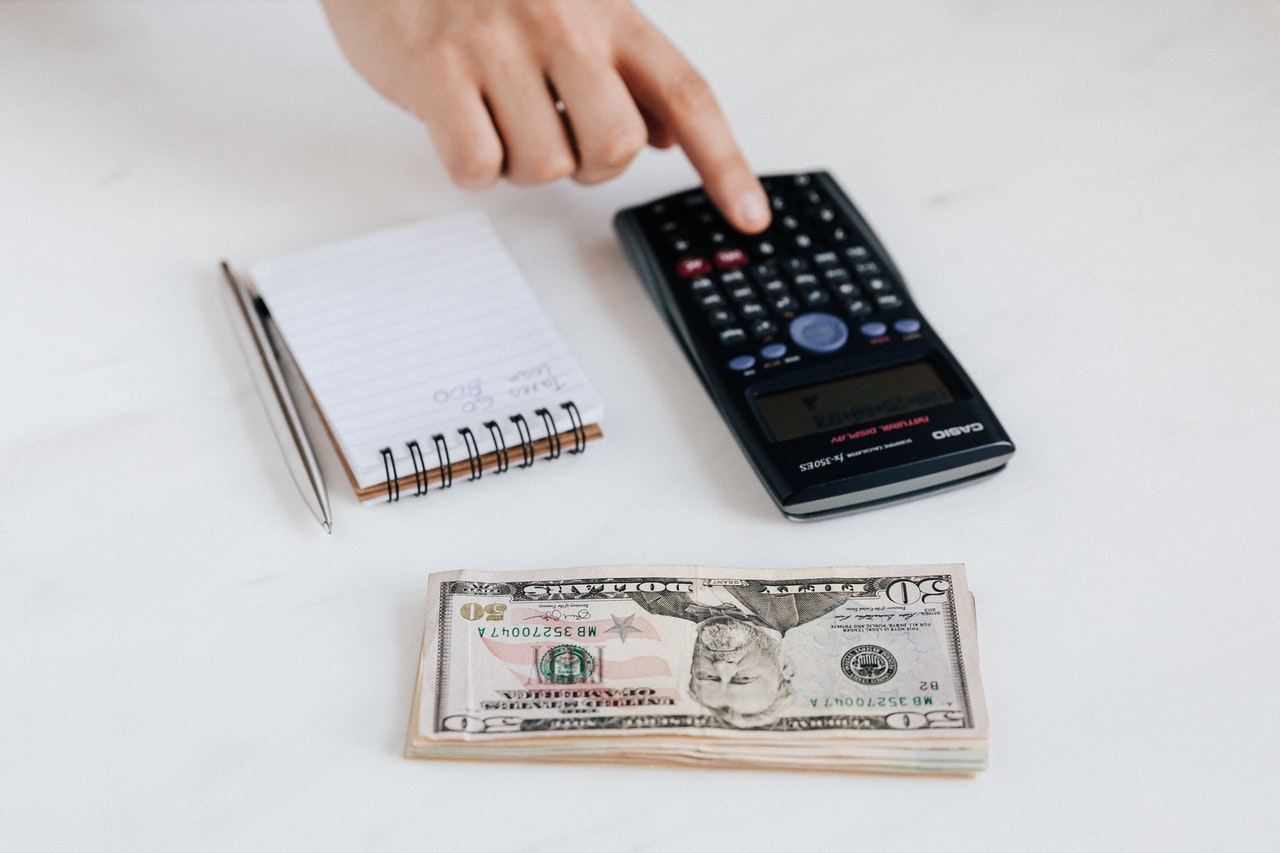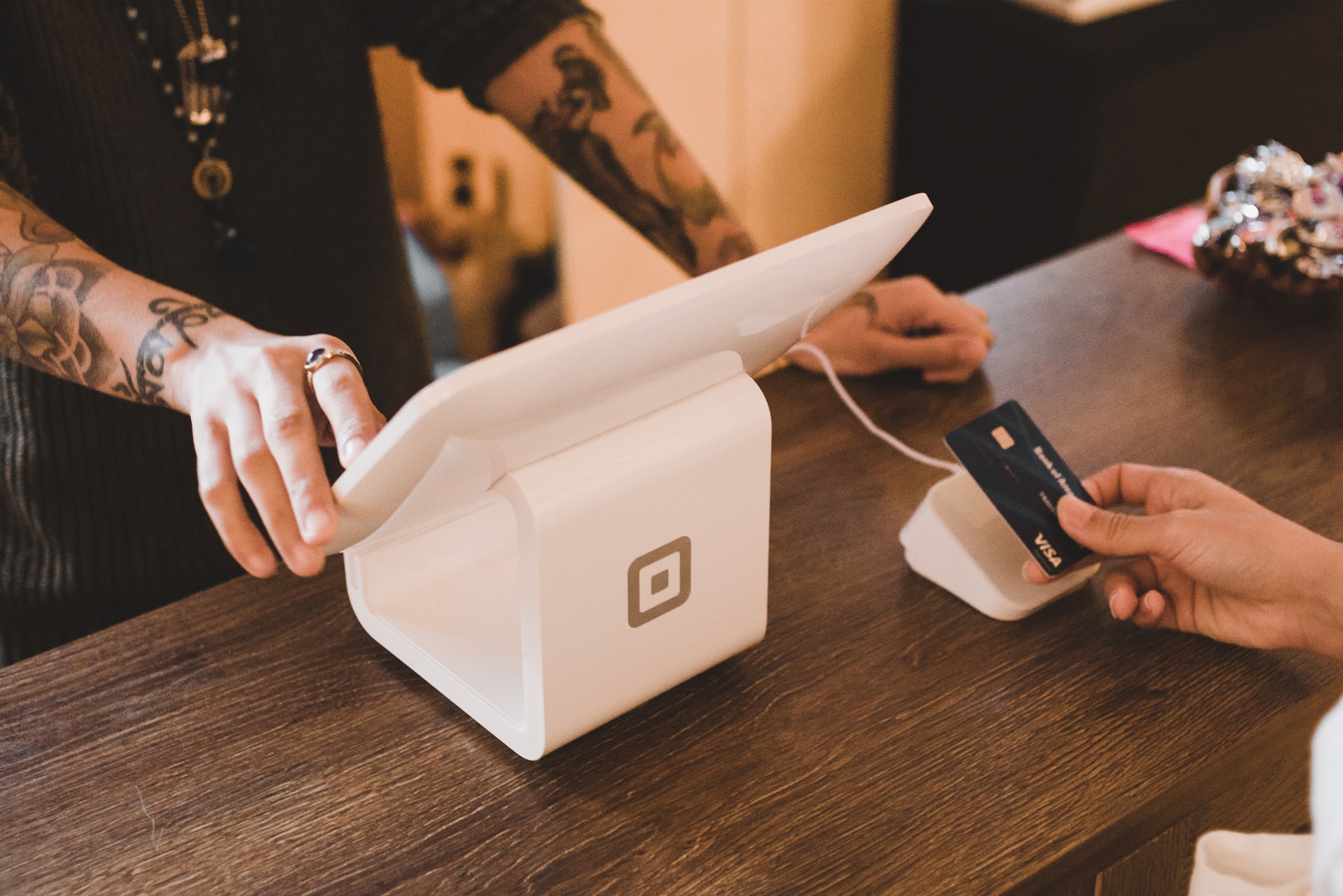Reading Time: < 1 minutes
- Personal money banks have existed since ancient times.
- In those times, metals were rare, and the technology to mould them was still not advanced.
- So, they were mostly made of clay — like pots and pans.
- This clay was called ‘pygg’— pronounced as pug.
- Gradually, the language conventions changed, and ‘pygg’ began to be pronounced as pig.
- Potters began casting the money bank in the shape of its familiar, everyday name – pig.
- By the 18th century, “pygg bank” became “pig bank” and then “piggy bank”.
- While this is the most popular theory, it has often been called a false theory.
- The other theory suggests that the word “pig” was used in the 14th-15th centuries to describe general earthenware products.
- Yet another theory suggests that pigs have historically been associated with good luck and money in Europe.
- E.g., someone who gets lucky in German is still said to have “schwein gehabt” (“got pig!”).
- Pig-shaped “good luck” candy is a popular gift in northern Europe.
- In pre-famine Ireland, pigs were called “the gentleman who pays the rent” because raising and selling a pig was the primary means of earning to pay dues.
Image courtesy of Andre Taissin through Unsplash
Reference shelf :

